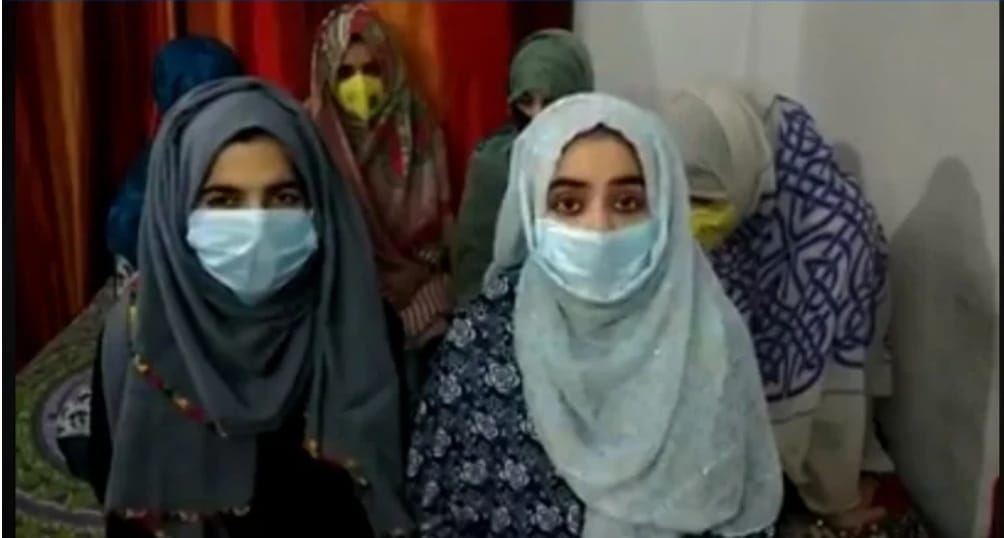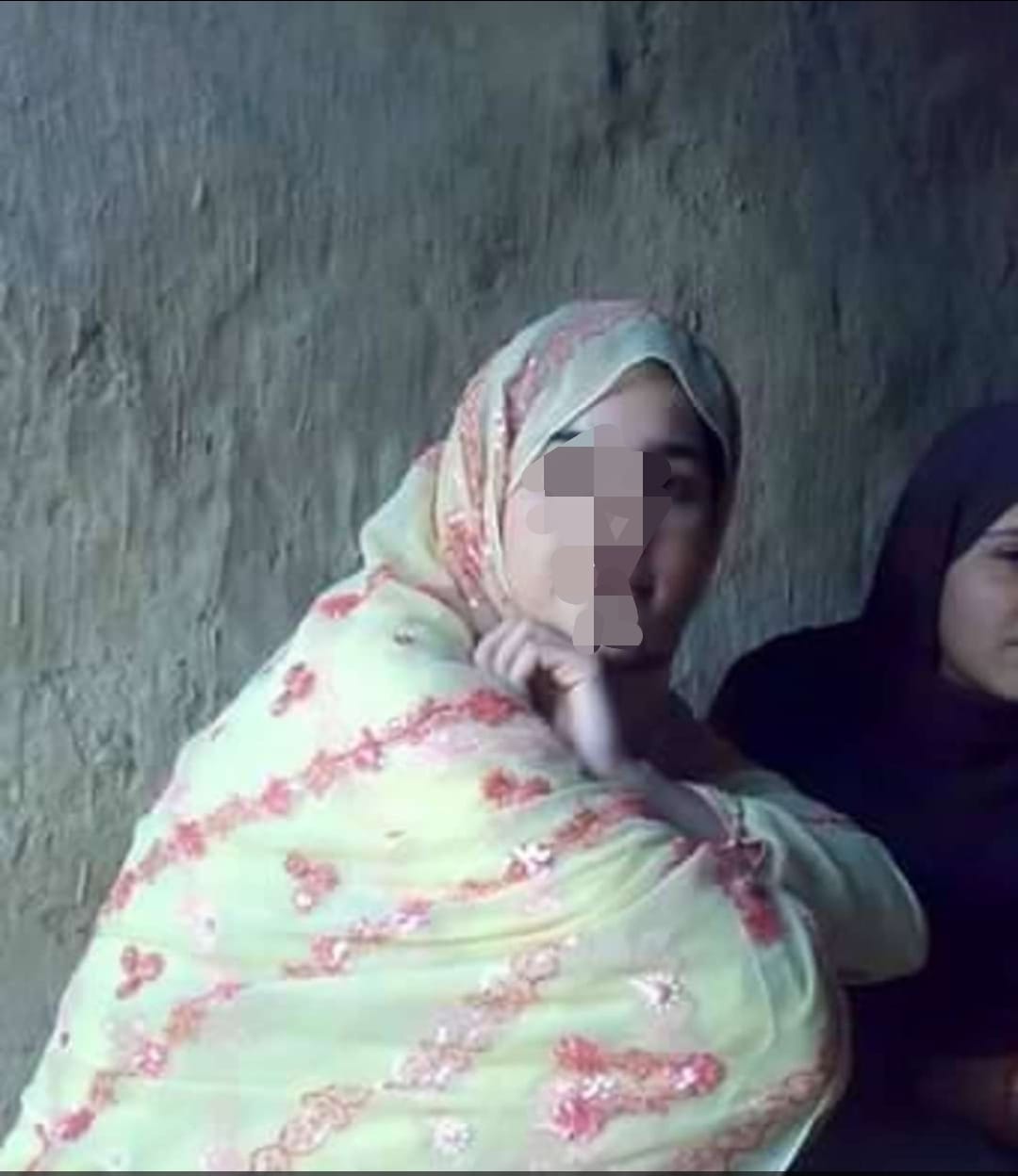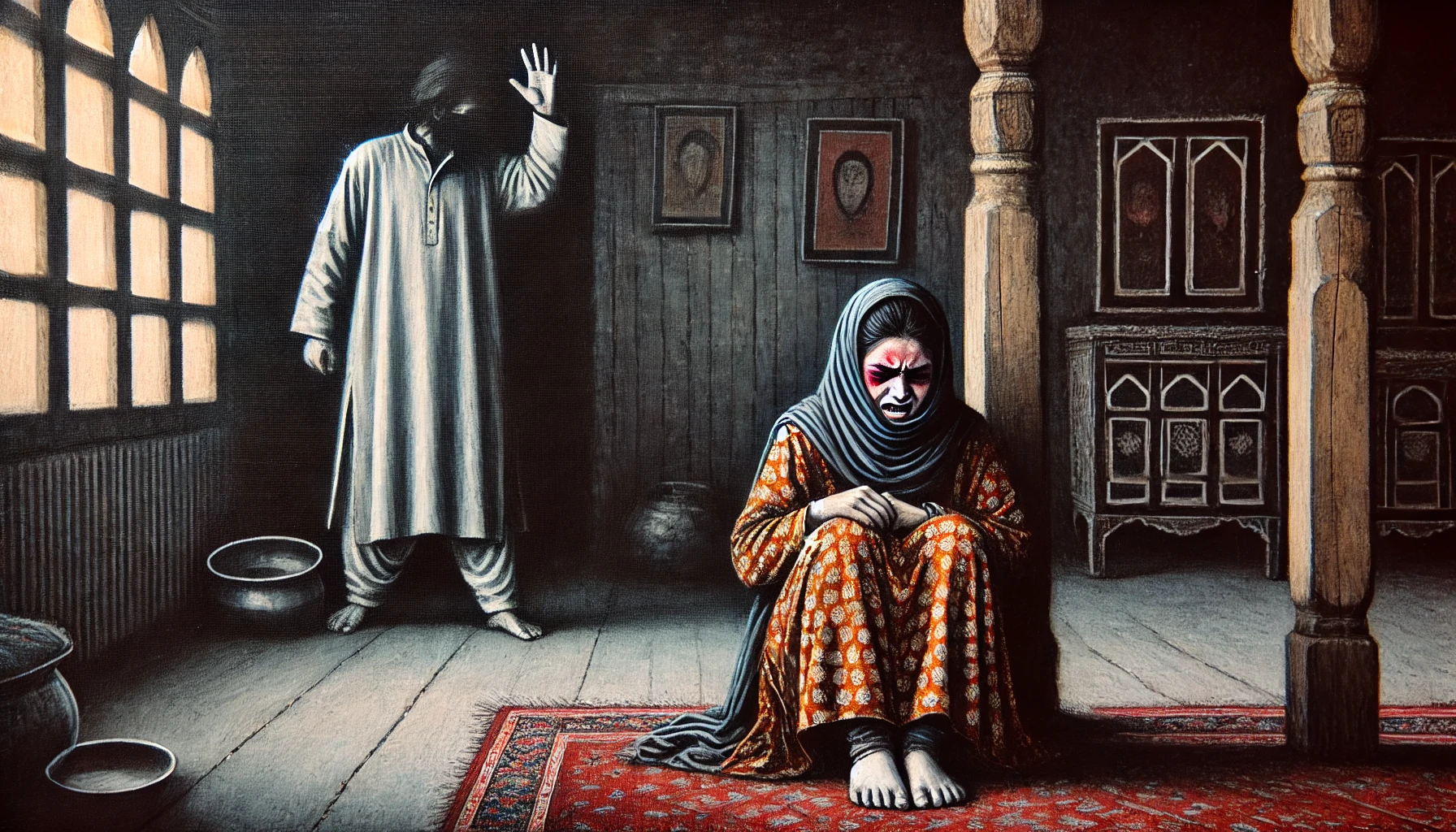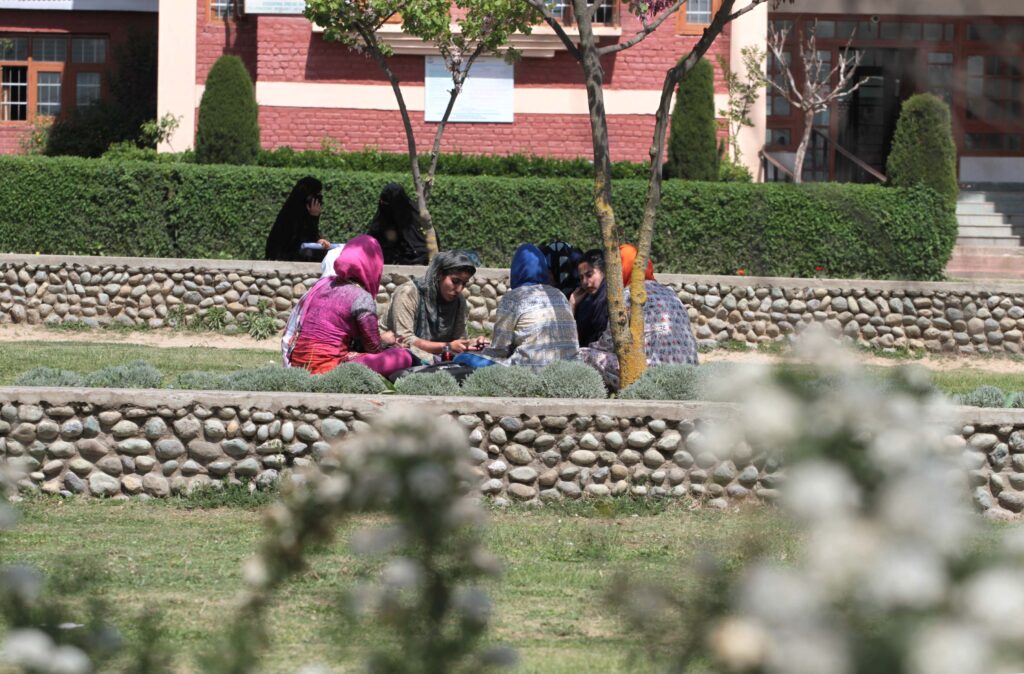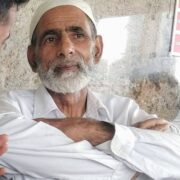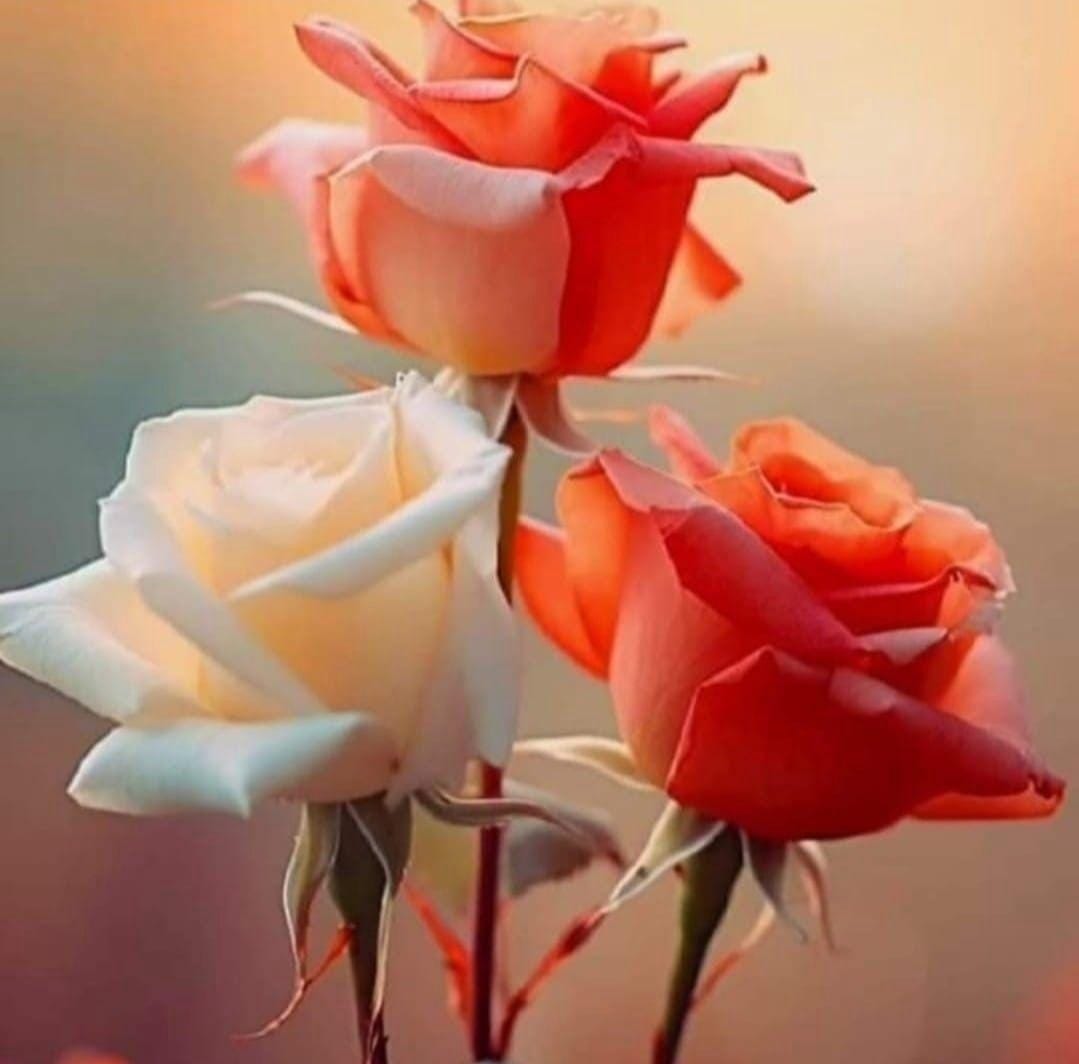Anger, She Wrote: The Vilification Of Women For Expressing Temper Must End
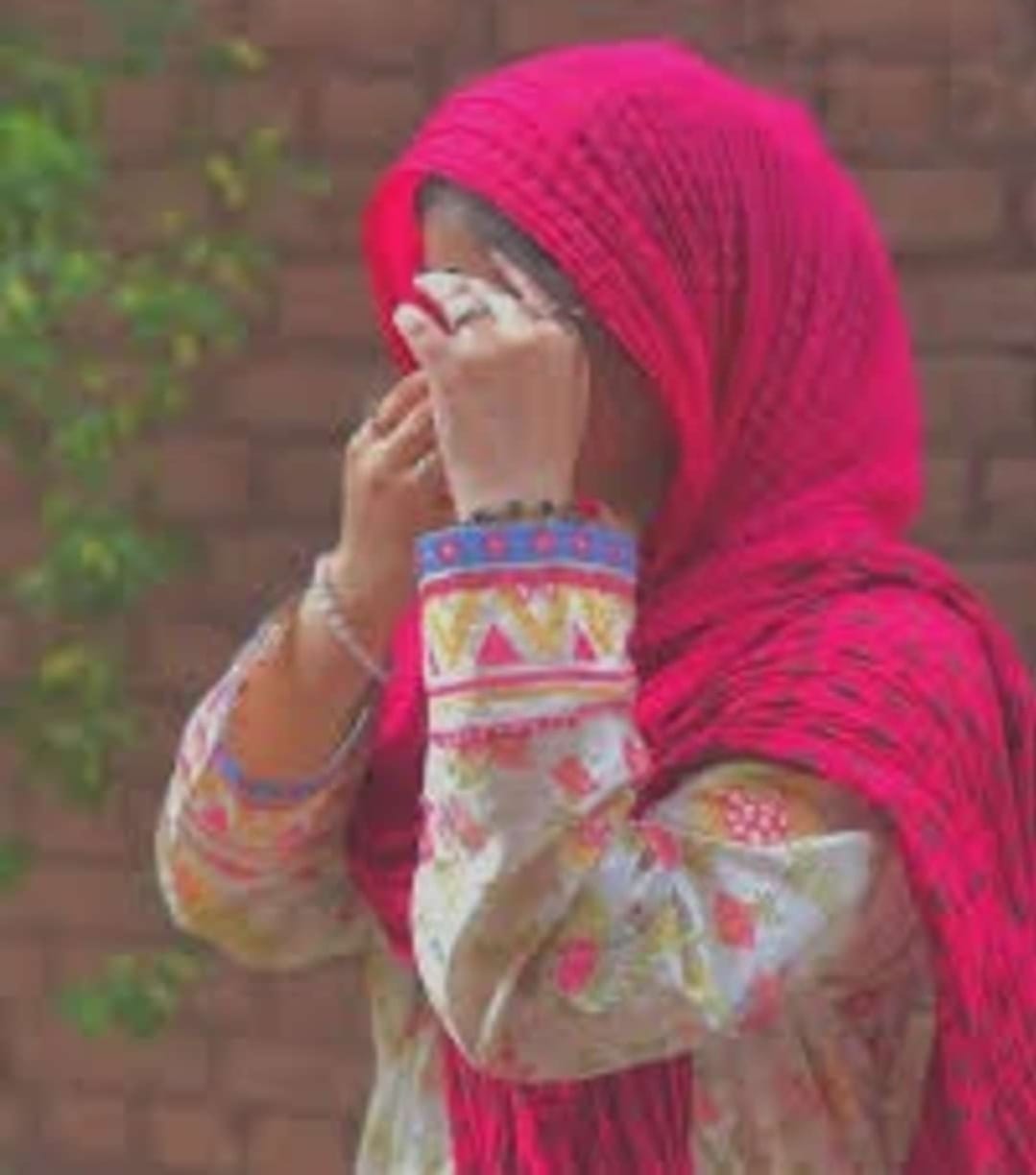
Medusa, the formidable figure from Greek mythology and a stunning young woman, was transformed into a hideous being with hair made of snakes and a terrifying gaze. She represents the qualities that women are often discouraged from embodying: anger, assertiveness, power, and danger.
Society continues to vilify women who choose to express strong emotions. Women who exhibit independence or rage are often labelled as “monstrous” or “hysterical,” in contrast to the “good woman” who is typically portrayed with angel-like qualities and a passive nature. Like other patriarchal societies, Kashmir struggles with similar issues, where the agency of women is constrained, and certain emotional expressions are forbidden.
Habba Khatoon, a sixteenth-century poetess from Kashmir, is renowned for her poignant poetry. Many of her verses serve as an example of defiance and critique against patriarchal society. Her poetry often exposed ways in which patriarchy operated within Kashmiri society, and her words are known for championing female autonomy and agency. Her poetry reflected longing, defiance, and grief. She did not let the society silence her and used her words to voice her dissent.
In her poems, Habba Khatoon has discussed the trap of domestic violence that she faced at the hands of her parents-in-law. She wrote: “The mother-in-law grabbed me by my hair, which stung me more than the pangs of death. I fell asleep on the supporting plank of the spinning wheel, and in this way, the circular wheel got damaged. I cannot reconcile myself with the atrocities of the in-laws, O! my parents, please come to my rescue.” (Translation by KN Dhar) reflects the pain suffered by some in the revered institution of marriage, which is often shrouded by total silence.
In Kashmiri society, women who dare to be vocal and expressive are often subjected to disparaging expressions like Rantas hich chak or tezz chak. Phrases such as Dum karr, pagah chu lukan hund gharae gasun are commonly directed at women, reinforcing the patriarchal notion of acceptable womanhood that constrains their emotional expression.
These linguistic denigrations serve to maintain the oppressive structures that confine women’s agency and autonomy. Sehar, a high schooler from Srinagar, says she has experienced that whenever she expresses her opinions, she finds that her opinions are cut short or ridiculed. “I often find my choices scrutinized and overruled and this causes anxiety and anger. My family members often mock my anger outbursts, treating them as a source of laughter, which is often followed by derogatory words that feel like a slap on my identity”.
Rufaida, a doctor from Srinagar, shared a similar experience. “As a single working mother, it angers me when people constantly criticize how I raise my children. The trauma of being a victim of domestic violence still haunts me, and I’m uncertain whether I will ever fully recover. There are people who openly tell me that I’m destined for hell just because I sought a divorce, without understanding the turmoil I went through to save my marriage. Whenever I try to stand up for myself, I’m instructed not to show anger because ye chun shooban (It doesn’t look good).”
The Price for Being Bold
Throughout history, women have been subjected to ostracism for being bold and strong-willed. For centuries, women who did not conform to the traditional feminine roles in patriarchal societies were branded as witches across the globe. They were deemed disruptive and aligned with the forces of evil. This was a calculated tactic to subjugate and silence women who refused to blindly toe the patriarchal order.
In Kashmiri society too, women’s anger is often viewed as supernatural or demonic, requiring exorcism or spiritual intervention. People are suggested to take their tezz mizaj koor (hot-tempered woman) to a faith healer to address her intense emotional expressions. Faith healers and inquisitors became the gatekeepers of control, subtly perpetuating and manipulating social norms in the guise of purification. The connection between faith healing and witch hunting underscores the fear towards women empowerment and emancipation as something to be contained before havoc runs loose!
Examining Feminine Rage
Historically, the concept of hysteria has been closely linked to the perception of feminine emotional expression. It was seen as a female-specific problem characterized by irritability, instability, and outbursts of anger. This “disease of women” was believed to be caused by the womb moving inside the body, leading to supposed loss of control. The harmful notion of associating unrestrained emotional responses with women is still pervasive, leading to the persistent perpetuation of damaging stereotypes.
Feminine rage should be recognized as a visceral and natural response to the societal expectations imposed on women. While rage may not be considered a positive emotion in most cases, it is a natural human response to injustice and oppression. Adfa Shah, an engineer based at Srinagar, says she used to be quiet as a child. “But as I grew older, I began to speak my mind. For doing so, I’ve been labelled as someone who doesn’t fit the narrow box that society has set for women, especially when I challenge things that shouldn’t be normalized.”
Adfa says she has observed many women in our society who continue to hold their anger within them. “I understand how suffocating it is to have your emotions constantly suppressed. But why should women be expected to hide their feelings and conform to an outdated idea of what’s appropriate? It is time we stop apologizing for our emotions,” she advocates.
Feminine rage is a multifaceted and nuanced experience, distinct for each woman. It often reflects the fury against pent-up emotions that women must bear, shaped by patriarchal structures and the systemic inequality they face. This rage is the culmination of the silenced voices that have long yearned to be heard. There is ample justification for women’s anger, given the myriad issues they confront.
For centuries, women have been relegated to the margins of society and stripped of their agency. Women have faced a long history of oppression, enduring discriminatory power structures, harassment, unequal pay, violence, and sexual harassment. They are socially conditioned to conform to traditional gender roles that emphasize being nurturing and submissive.
These “feminine” qualities are not innate but rather taught, learned, and reinforced through societal pressures. The entrenched patriarchal ideology becomes so deeply ingrained in women’s minds that it becomes normalized. Those who dare to defy these expectations and act differently are often disciplined and compelled to behave in a “nice” or “ladylike” manner, stifling their true selves.
Ambreen – A Case Study
While the concept of “emotional labour” has gained significant recognition in recent years, it is pertinent to acknowledge that this burden falls disproportionately on women. The experience of Ambreen, a resident of Soura, Srinagar is a case study of a woman in a patriarchal setup wherein autonomy and agency are constantly denied.
“Whenever I was angry because of injustice I faced from family, society, the workplace, etc, I was labelled as an anger-driven brat or dazbuz chui, which translates to “you have anger issues all the time for no reason” in Kashmiri. I was never considered human in terms of feeling anger as an emotion. I was considered dazbuz. You simply cannot expect Kashmiri people, and sometimes even your own family to understand your reasons for carrying rage within you.”
Ambreen says that rage is never without reason; it is always driven by deep psychological reasons. “There may be a lack of understanding in the family. Domestic strife impacts all family members. And when women have no expression for this pent-up negative energy, it may turn into a silent and damaging rage. Sadly, that rage is ridiculed as dazbuz, khaanemaajyar chus zyade gomut or by other such derogatory Kashmiri phrases. When one is ridiculed – that’s when that rage turns into tears, mental breakdowns and trauma.”
What Ambreen highlights about the deep hurt that women in Kashmiri society carry may be a subject of research for scholars. She says, “As Kashmiri women, we carry generational trauma, family burdens, and career struggles. Even minor issues trigger rage. But when dismissed by loved ones, the frustration fuels more rage. Imagine being a child, filled with rage during mental stress, only to have it ignored. Over time, that rage transformed into a deep trauma. Now, in my twenties, the anger I once felt has morphed into tears and a shaky voice. I’ve resigned myself to the fact that my rage, a reflection of my pain, will never be understood. Anger should be normalised and not labelled as emis chu dohai shararat aasan emis chane naew kath kiah (She has anger issues all the time for no reason), she points out.
Domestic Abuse – The Silencing of Voices
Women’s femininity is called into question if they do not adhere to the socially acceptable standards of behaviour. Many women recount how their emotions are mocked and dismissed by their spouses, parents, and other family members. This persistent ridicule and invalidation cultivate a toxic environment, compelling women to suppress their true feelings.
The most disturbing impact can be witnessed in the cases involving domestic violence. A 2020 survey conducted by the National Domestic Violence Hotline found that 57% of survivors of domestic violence did not report the abuse they went through. The controlling of women’s narratives has led to devastating consequences. The report revealed that around 63 percent of domestic violence survivors did not seek legal action against their abuser.
Kashmir, where the cycle of domestic abuse is on the rise, witnesses a similar ordeal. The web of silence and deafening voices has led to severe consequences. According to the National Crime Record Bureau, the number of crimes against women in Kashmir increased by 15.2% in 2021.
The words of actress Anya Taylor-Joy are powerful in the context of feminine rage. “I’ve developed a bit of a reputation for fighting for feminine rage, which is a strange thing because I’m not promoting violence, but I am promoting women being seen as people. We have reactions that are not always dainty or unmessy.” These words powerfully illustrate how society often perceives and judge’s female emotional expression, particularly rage, in a negative and dismissive manner.
Gendering Of Emotions, Its Consequences
Emotions are not gendered; they are universal. Yet, in a patriarchal setup, emotions are viewed as a binary, dichotomized into feminine and masculine categories. Often, if not always, assertiveness, bravery, and aggression are deemed to be “manly” characteristics. On the contrary sadness, empathy, and shyness are reserved for women. Women in professional roles say they have to adopt this demeanour to seem reassuring.
“As a doctor, I have learned that in my field, a stern expression is essential. Patients need to see me as a confident and capable professional, not as just an empathizer or a feeble woman. I have found that a firm demeanour helps me to establish authority in a challenging and high stakes environment. It’s not about being harsh; It’s about being a steady support for my patients when they need me the most,” notes Dr Iqra from Jammu.
This distinction creates social pressures whereby individuals feel compelled to conform to such dichotomies. From a young age, males are made to believe that displaying emotions is ‘a woman thing’. Eventually, this leads to a pernicious cycle in which men feel compelled to suppress their feelings to conform to societal notions of masculinity, except in traditionally male-dominated spaces.
This leads to a vicious and oppressive cycle for women, because they are vulnerable. A recent study found that England’s World Cup wins and losses are linked to a spike in domestic violence against women.
Importance of Supportive Platforms for Women
The outbursts of women carry in them the weight of social subjugation. Through rage, women are challenging the structures that kept them silenced, their issues sidelined in a male-dominated society.
Kashmiri women have turned to various supportive mediums to express themselves without constraints. Several women-centric social media platforms, such as Yakjut, have emerged as an outlet for women to vent their emotions. Through such platforms, many women share their personal stories, finding a safe space to voice their experiences and connect with other women who share similar issues.
Through these social media platforms, women are reclaiming their agency, challenging the patriarchal setup. Platforms like Yakjut have become one of the most promising ways through which women have found a place to anonymously share their stories. Says Madiha, a young woman residing in Srinagar, “It is important to maintain these communities where women can discuss their struggles and not allow the isolating and socially detrimental pursuit of blind individualism to separate them from their community”.
Often, religion is interpreted in a way that reinforces the traditional gender roles, which furthers the repression of a woman’s agency to assert themselves denying them the opportunity to express themselves and their issues openly. This way, the scriptures that were to uplift women instead stifle and chain them to the expectations of the society that happens to be obsessed with the problematic notion of the ‘Good Woman’.
It is the responsibility of preachers not to devalue the meanings of religious teachings to maintain the status quo. The sad truth is that Kashmiri society claims to follow Islamic rules and regulations but fails to implement the beliefs when culture and social norms clash with religious teachings. These conflicting points mostly come into play when it’s about a woman trying to gain authority over her own life, may it be the way she wants to dress, talk, eat, marry, etc. Patriarchy ingrains it into women that they’re solely responsible for their family’s honour and that every step they take decides the fate of the whole family. Silent micro aggression towards women is normalized. The societal view is that a woman complaining about something does not look good.
Dismissal of Women’s Emotions Damages Her – And the Society
Maryam Adil, a resident of Lal Bazaar in Srinagar, explains how repression impacts a woman’s psyche. “Every woman lives every day of her life to hide away and stay safe from men with evil intentions. It translates into every aspect of her life – through the way she dresses up to the way she hesitates in going out for a walk alone. When you tell a woman that every action of hers is for others and not for herself, she forgets to live for herself. Every Kashmiri mother lives only for her husband and children. Most of them don’t understand why we have hobbies, because they were taught to believe that taking care of their family is supposed to be their entire personality. That’s how they live their whole life – taking care of others. And when a woman speaks about all these unfair societal norms and practices which are advantageous to men, they’re deemed as outsiders by the same men. Men can burn nations over their anger but goodness gracious if a woman gets angry about the injustices done to her, she’s a rantas”.
The dismissal of women’s emotions requires societal attention, as it validates oppressive structures that seek to perpetuate the tradition of silencing women. We need to create a society where women do not feel pressured to keep their emotions to themselves, and where their feelings are respected and understood. The feminist scholar Elizabeth Spelman translates Aristotle as saying, “Who does not get angry when there is reason to be angry, is either brutish or dead.” This statement justifies the necessity of emotions – especially anger – in the face of injustice.
Aayat Syed completed her Bachelor’s degree in political science and history from Delhi University. She is pursuing Masters in politics and governance at Central University of Kashmir. She can be reached at aayatgurcoo@gmail.com
(Got a fresh perspective? C-KAR invites original articles and opinion pieces that haven’t been published elsewhere. Send your submissions to deputydirector@c-kar.com)


